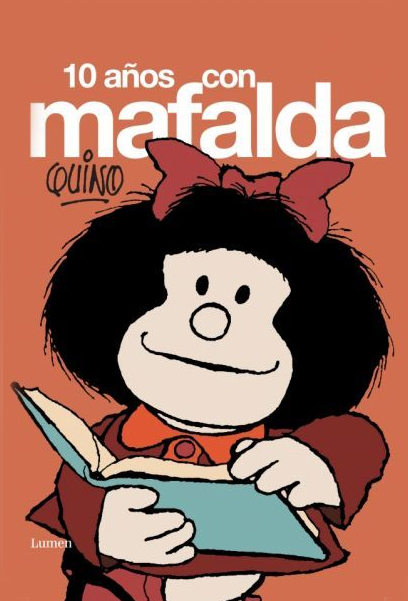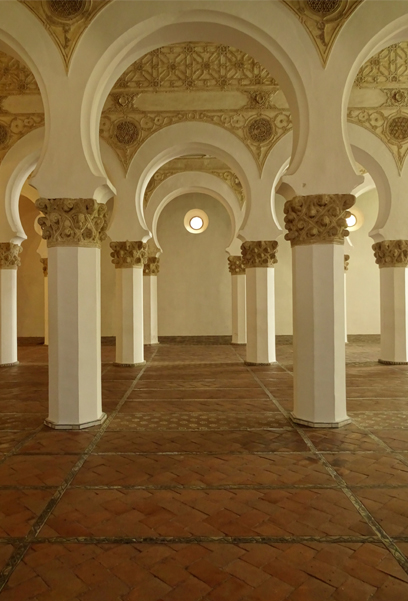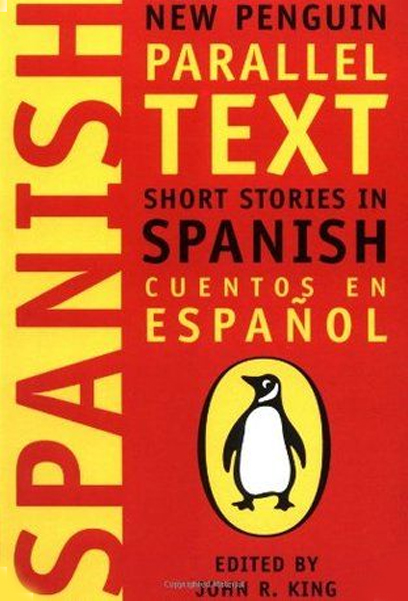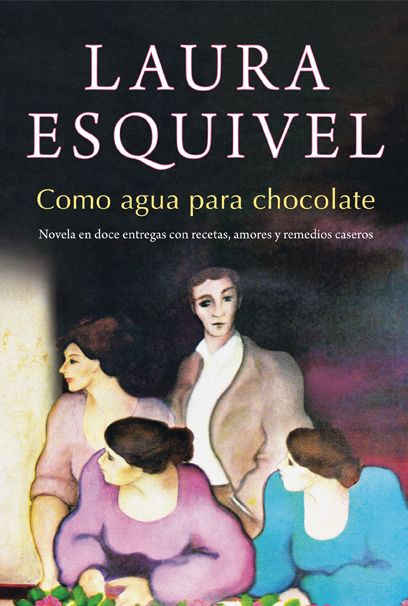enforex_pages_landing_block_a07c6825-5bc7-41ad-8863-6c47d0707b16
A great way to learn Spanish without even realizing it, to learn the language in its most proper register to its basest form, and more than anything to have a good time, is by watching one of the many Mexican TV shows out there.
And we're not just talking about the famous soap operas. You know what we mean; those seemingly endless shows filled with love, jealousy and conflict between rich and poor. A good example of this type of show is Maria la del Barrio, starring the now superstar Thalia, although we're sure many people - especially those who lived the 80s – also remember Los Ricos También Lloran.
However, over the years Mexican television has decided to make room for other productions which have also been successful, but which are about more mature topics, even daring to go into issues that would have never been touched in years passed.
An example of this, and we're looking at the most "international" choice, is La Reina del Sur, a soap opera which could be called "dark" because it touches on issues of violence and drug trafficking. This series is an adaptation of a novel by writer and Spanish language scholar Arturo Pérez Reverte.
Continuing with themes of crime and punishment, viewers could choose to see Capadocia, a TV series created by the Latin American branch of HBO, set in a women's prison. If you see it, you may be tempted to compare it to Orange is the New Black at first, but if you watch a little longer you'll see that it's quite a bit more serious.
This comparison could make you think that Mexican TV always resorts to remakes, but nothing could be farther from the truth. And in fact, American television has actually done remakes of famous Mexican shows on some occasions. An example of which is the successful Chasing Live an ABC remake of Terminales, a series about a journalist who discovers he has cancer and has to deal with his situation.
A favorite of audiences has also been XY, a series that marked the rise in fame of actor Luis Gerardo Méndez about the day to day life at a men's magazine - one of these GQ types of magazines. This was a groundbreaking series in its time because it looked at issues like homosexuality and corruption.
Another curious phenomenon are remakes of TV series from other Latin American countries. An example, a famous series in Mexico, was Los Simuladores, a show set in Argentina in which a team of four specialists solved its clients' problems by organizing simulations based on scientific methods.
As you can see a good TV series can help when you're trying to learn Spanish in all of its registers. By the way, have you seen any of these shows? Do you think we've left anything out?





